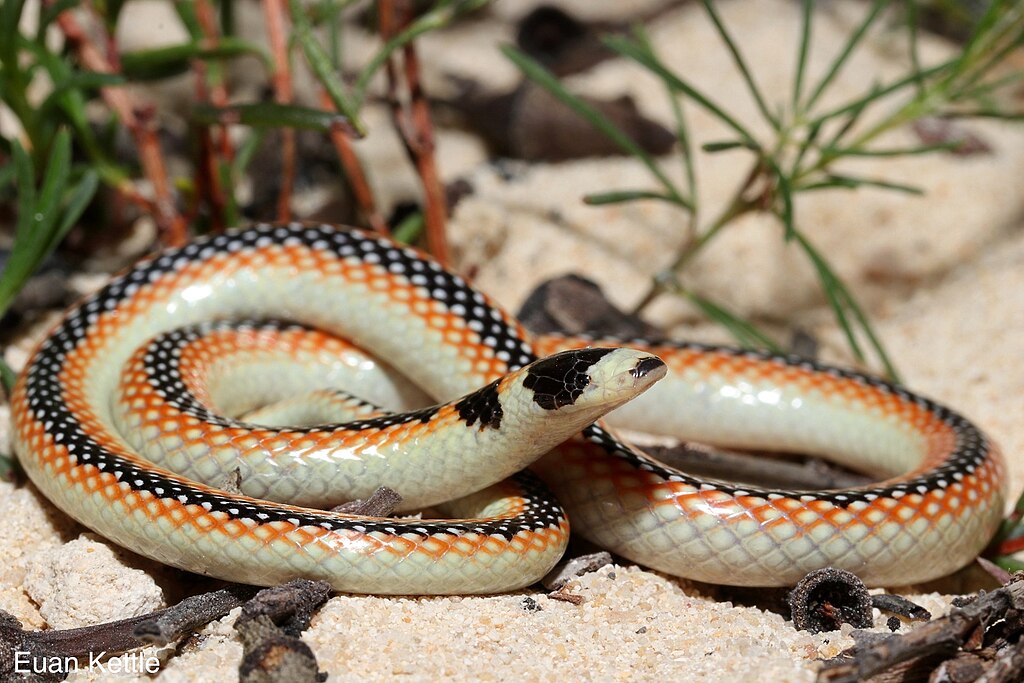In the fascinating world of reptiles, few feeding behaviors are as remarkable as a snake’s ability to consume prey many times larger than its own head. While this adaptation has served snakes well throughout their evolutionary history, there are limits to what even these impressive predators can handle. When a snake attempts to eat something too large, a series of biological challenges and potential dangers unfold. This article explores the remarkable physiology behind snake feeding, what happens when ambition exceeds capability, and the sometimes fatal consequences of biting off more than they can swallow.
The Extraordinary Feeding Mechanism of Snakes

Snakes possess one of the most specialized feeding adaptations in the animal kingdom—the ability to consume prey much larger than their head diameter. This remarkable feat is possible due to their highly flexible jaw structure, which doesn’t actually “dislocate” as commonly believed, but rather features multiple joints and stretchy ligaments. The mandibles (lower jawbones) aren’t fused at the front like in mammals, allowing each side to move independently. Additionally, snakes have extra bones in their skull called the quadrate and supratemporal that create a series of hinges, permitting extraordinary expansion. This engineering marvel allows some species to consume prey up to 1.5 times their own body mass, a capability that would be impossible for most vertebrates.
Size Assessment: How Snakes Choose Their Prey
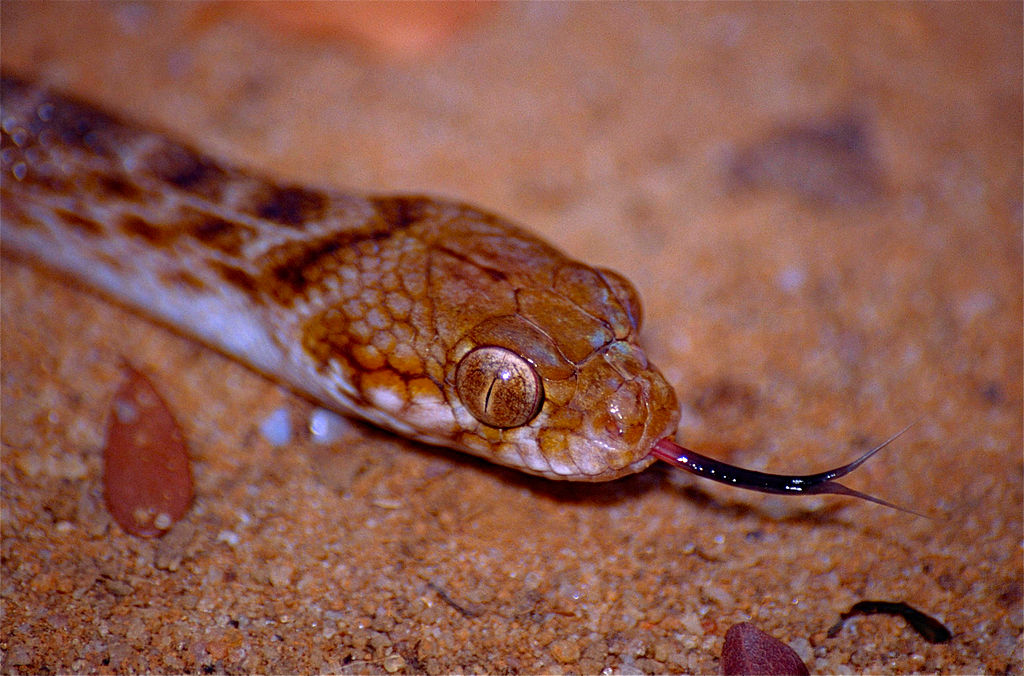
Before attempting to consume a meal, most snake species perform an instinctive assessment of prey size relative to their own capabilities. Snakes typically rely on visual cues, chemical sensing via their forked tongue, and heat detection (in pit vipers) to gauge whether a potential meal is manageable. This assessment isn’t always perfect, particularly in opportunistic feeders or hungry individuals that may attempt to consume borderline-sized prey. Juvenile snakes are more likely to make misjudgments as they haven’t yet calibrated their feeding responses through experience. In captivity, the problem is more common since confined snakes may have fewer opportunities to develop natural hunting behaviors and judgment, sometimes leading to feeding mishaps when owners offer inappropriately sized prey.
The Initial Struggle: Swallowing Difficulties
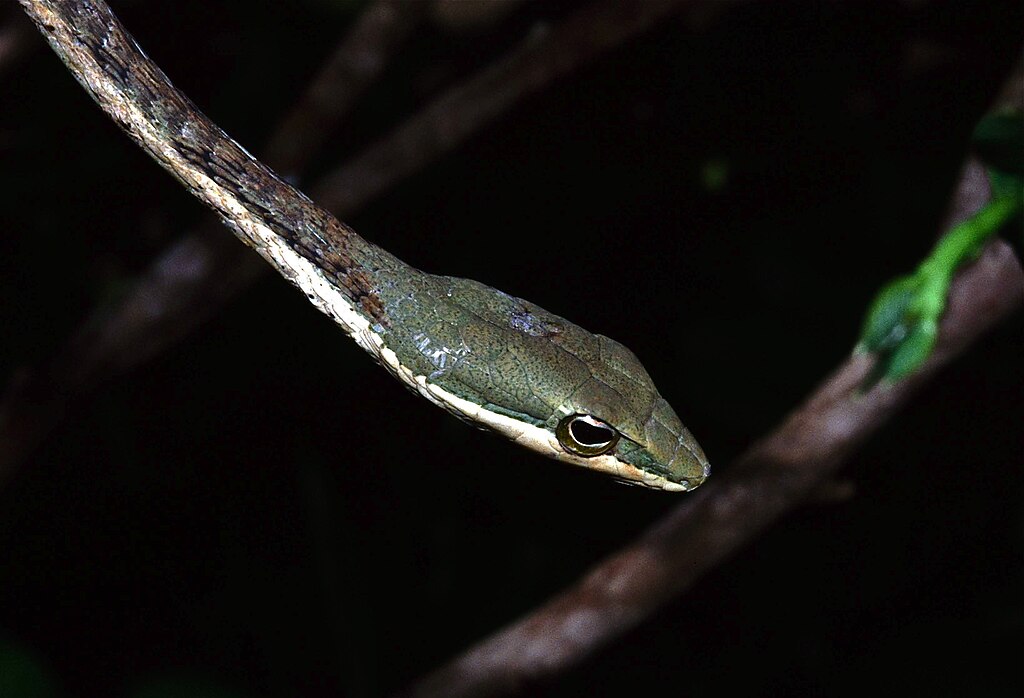
When a snake attempts to swallow prey that exceeds its physical capacity, the first signs of trouble appear during the ingestion process itself. The snake may repeatedly adjust its jaw position, using its teeth to “walk” over the prey while secreting copious amounts of saliva to aid in lubrication. This process, typically smooth with appropriately sized prey, becomes laborious and may last hours instead of minutes. The snake might pause repeatedly, appearing to rest before continuing its efforts, as the massive stretching of tissues requires significant energy expenditure. In extreme cases, the snake may begin to show signs of physical stress such as irregular breathing patterns, muscle tremors, or abnormal body positioning as it struggles to force the prey further into its digestive tract.
Respiratory Distress and Suffocation Risk
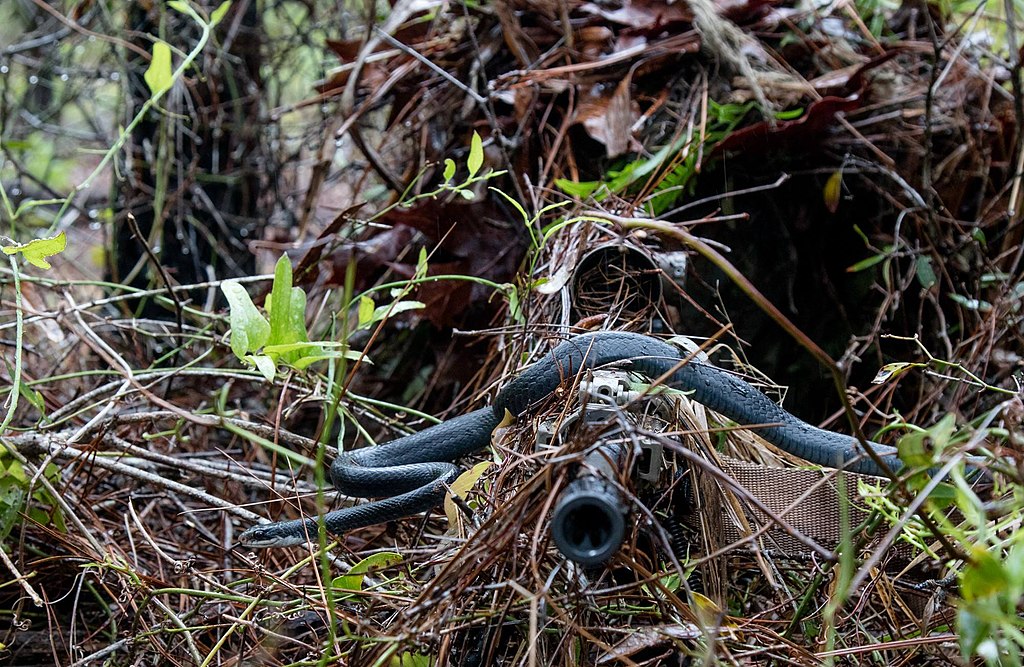
One of the most immediate dangers when a snake consumes oversized prey is respiratory compromise. Unlike mammals, snakes have a single functional lung (or an elongated primary lung with a rudimentary second one), and their trachea opens through a specialized structure called the glottis in the floor of their mouth. When extremely large prey items distend the esophagus and stomach, this creates pressure against the lung and can restrict normal breathing patterns. The snake may extend its glottis, visibly protruding it around the prey item in an attempt to maintain an airway. In severe cases, the pressure from the oversized meal can completely compress the lung or block the glottis, leading to asphyxiation. This is one of the most common fatal outcomes when snakes attempt to consume disproportionately large prey.
Digestive System Ruptures and Tears

The physical limitations of a snake’s digestive tract can be exceeded by prey that is simply too large to process. While the esophagus and stomach are remarkably elastic, they have finite structural limits beyond which tissue damage occurs. In extreme cases, the pressure from an oversized meal can cause ruptures or tears in the digestive tract, creating a catastrophic medical emergency. These ruptures may not be immediately apparent but typically lead to infection, sepsis, and death as digestive enzymes and bacteria leak into the body cavity. The risk of rupture is heightened during the digestive process itself, as enzymes begin breaking down prey tissues, sometimes weakening the structural integrity of the distended digestive organs from within.
Regurgitation: The Emergency Response
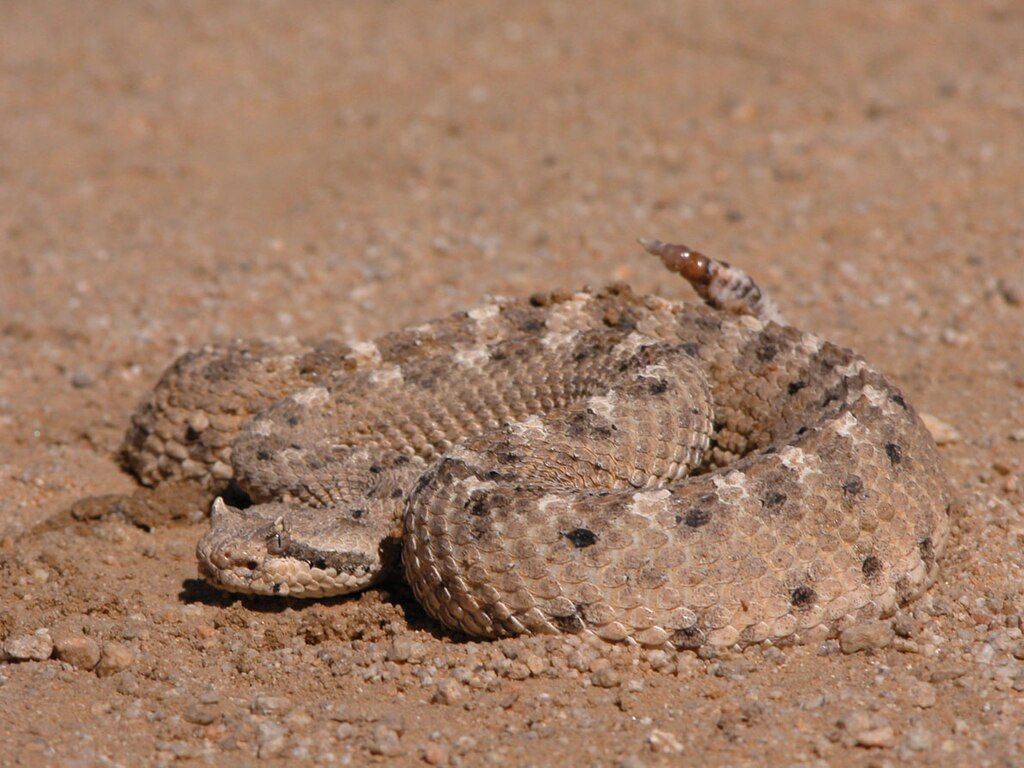
When confronted with prey too large to safely process, many snakes will attempt to regurgitate the meal as a life-saving response. This defensive mechanism allows the snake to expel food that poses a health risk, though it comes at a significant physiological cost. The regurgitation process typically occurs within 24-48 hours of ingestion when the snake recognizes that normal digestion isn’t proceeding as expected. During regurgitation, snakes perform a series of muscular contractions while straightening their body, sometimes rubbing against objects to help force the prey back out. This process is stressful and energy-intensive, often leaving the snake in a weakened state for days or even weeks afterward, as it must recover from the energy expended in both the initial ingestion attempt and the subsequent regurgitation.
Metabolic Demands and Energy Crisis
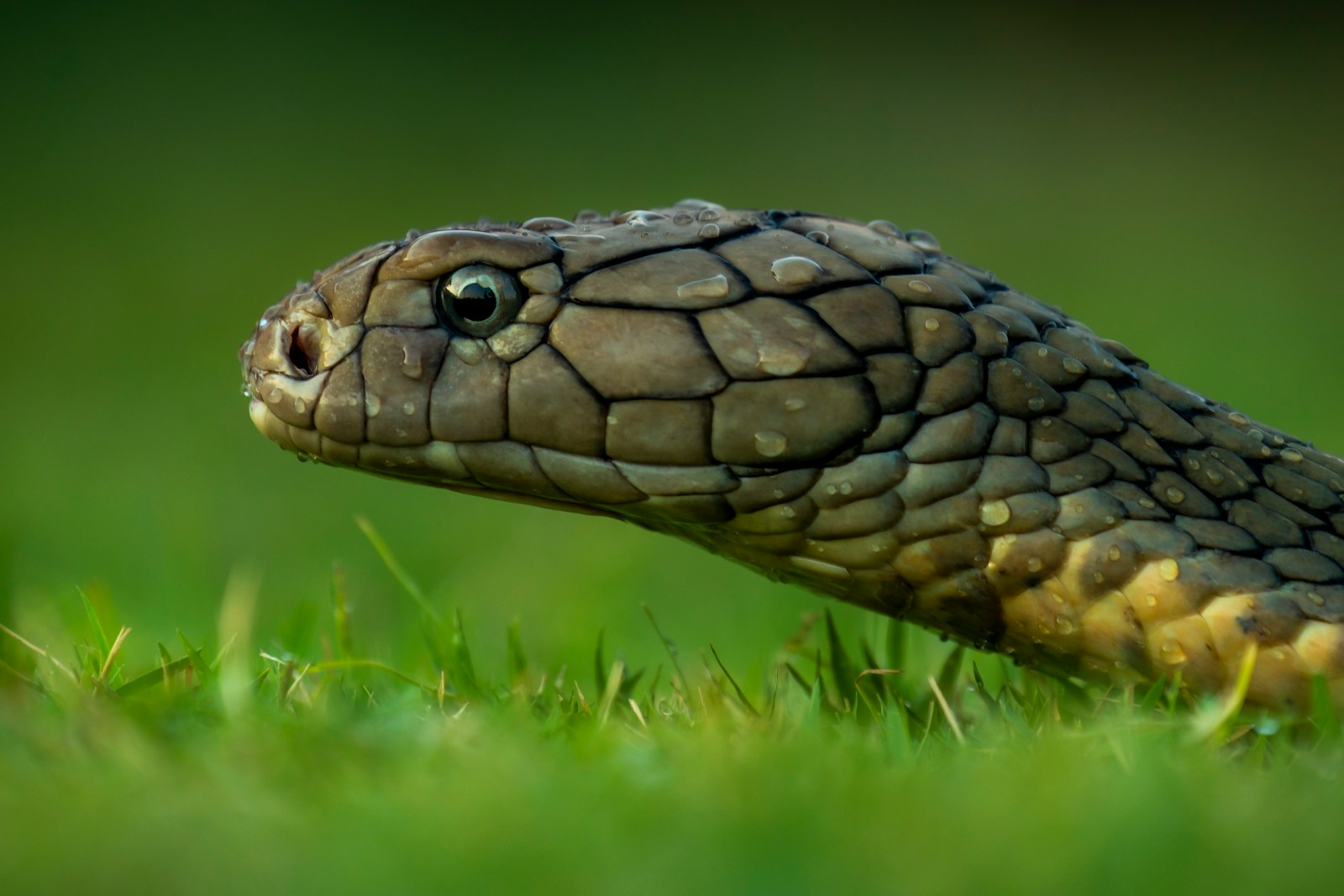
Successfully swallowing oversized prey places extraordinary metabolic demands on a snake’s body, even when immediate physical dangers like suffocation are avoided. The digestive process for appropriately sized meals already increases a snake’s metabolic rate by up to 44 times its resting level—a phenomenon called specific dynamic action. With excessively large prey, this metabolic spike can push the snake’s physiology to its limits, depleting energy reserves and potentially causing systemic stress. The snake’s heart rate increases dramatically to pump oxygen-rich blood to the digestive organs, and its internal temperature may rise noticeably during this intensive process. If the meal is simply too large, the snake may exhaust itself trying to digest the food, creating a paradoxical situation where a large meal leads to starvation through energy depletion.
Temperature Requirements and Digestive Failure

Snakes are ectotherms that rely on environmental heat to power their digestive processes, making temperature critically important when processing large meals. When attempting to digest oversized prey, the snake’s temperature requirements become even more precise and demanding. If environmental temperatures fall too low during this critical period, digestive enzymes become less effective, slowing or even halting the breakdown of the prey. This digestive stasis can lead to putrefaction of the prey item within the snake’s digestive tract, as bacteria multiply unchecked in the undigested meal. The resulting bacterial overgrowth produces gases and toxins that can prove fatal, causing conditions known as septicemic cutaneous ulcerative disease or “rot gut” among reptile keepers. This risk is particularly high in captive snakes maintained in inadequate thermal environments.
Mobility Impairment and Vulnerability
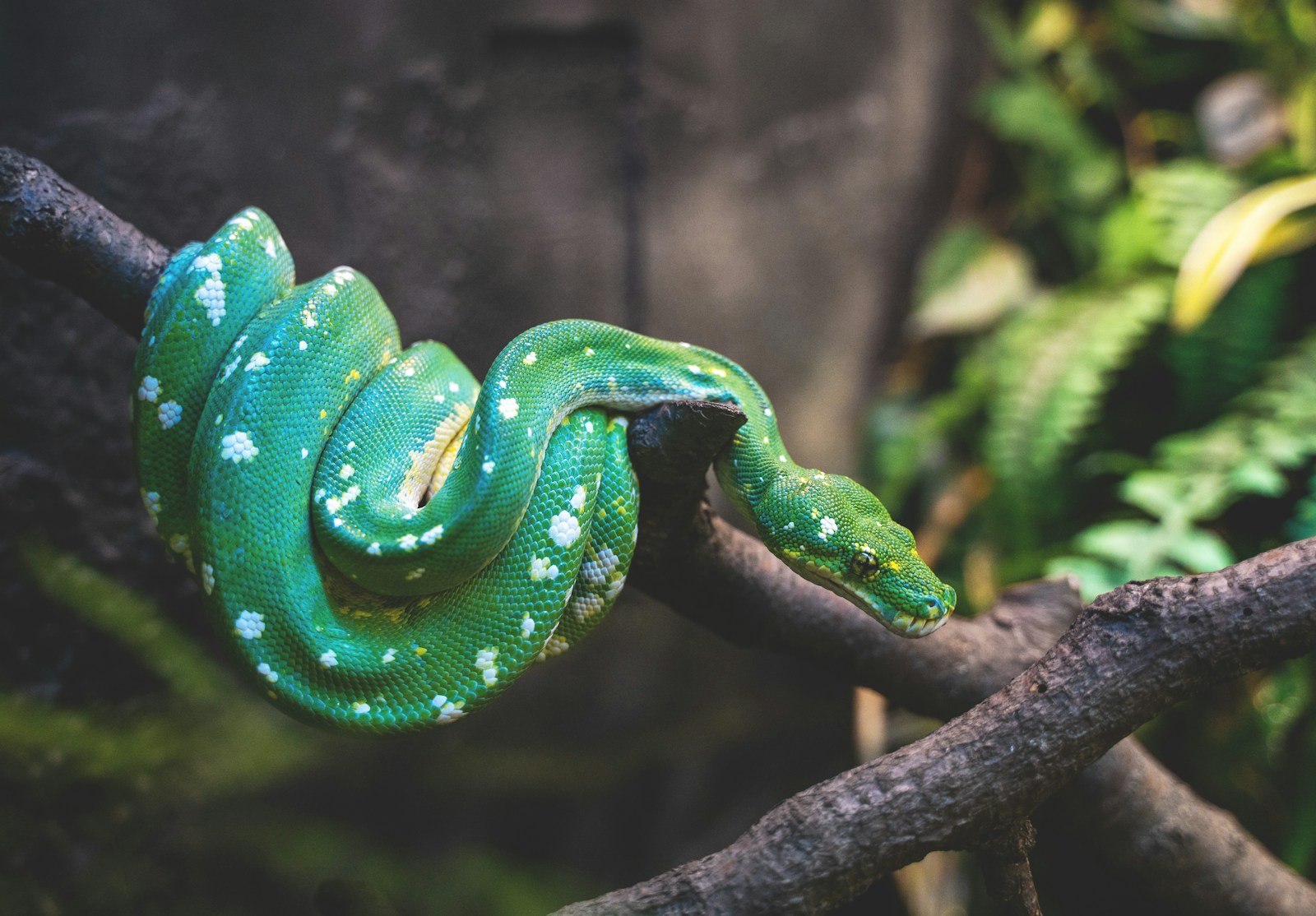
A snake with an excessively large food bulge experiences significant mobility restrictions that would rarely occur with appropriately sized prey. This impairment impacts virtually every aspect of the snake’s behavior, from defensive capabilities to thermoregulation. The distended body makes normal locomotion difficult or impossible, preventing the snake from reaching suitable hiding spots or basking sites. In the wild, this immobility renders the snake exceptionally vulnerable to predation, unable to flee or adequately defend itself when threatened. Even in captivity, the mobility restriction can prevent the snake from properly regulating its body temperature, potentially leading to incomplete digestion with all its associated complications. For some species, particularly arboreal snakes, excessive prey size can even prevent them from maintaining their position in trees or branches.
Species Differences in Handling Oversized Prey
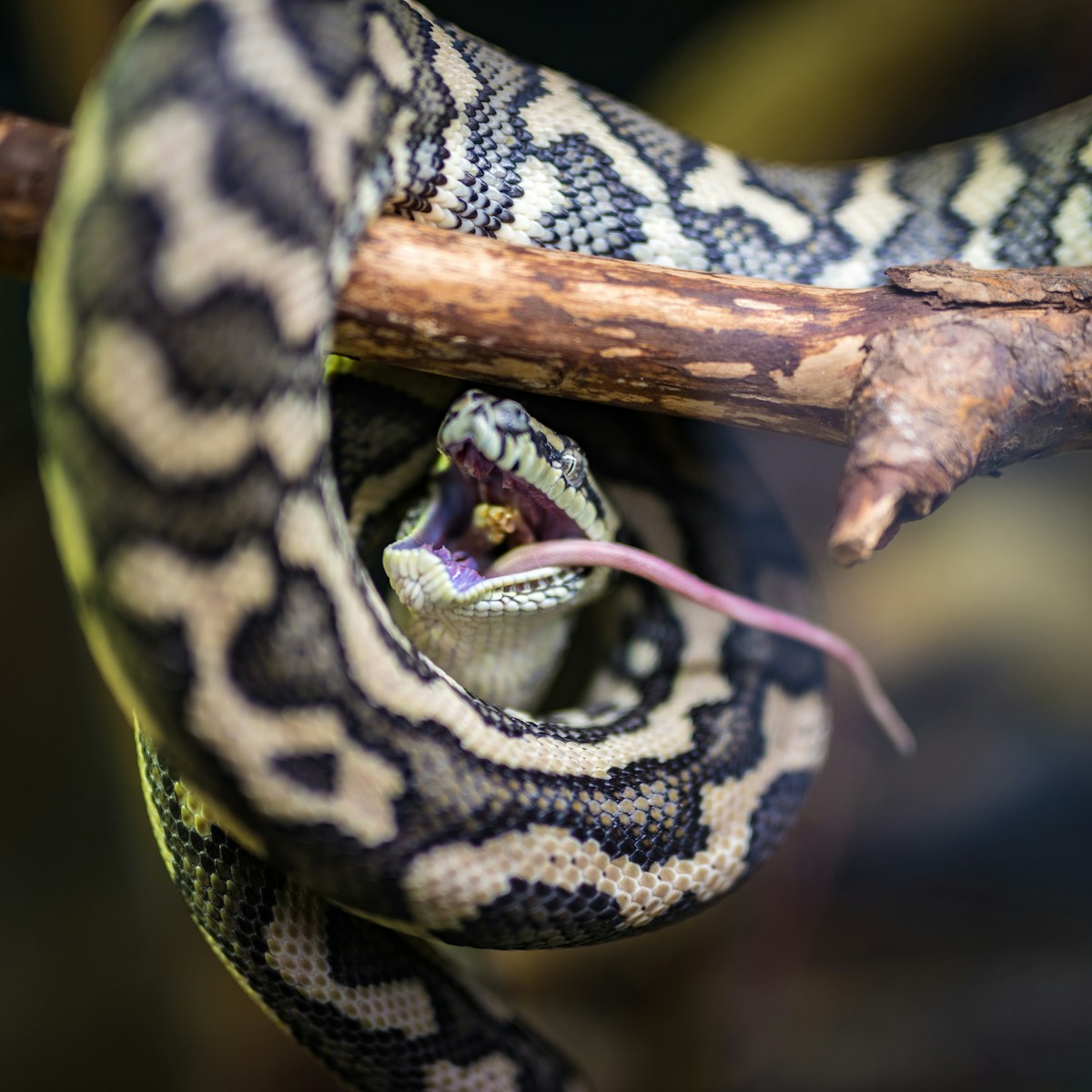
The ability to manage large prey items varies significantly across snake species due to evolutionary adaptations to different ecological niches. Pythons and boas generally have more robust digestive capabilities for handling large prey compared to colubrids like rat snakes or corn snakes. Specialized predators like the African egg-eating snake (Dasypeltis) have evolved to consume only eggs, with unique adaptations like vertebral “teeth” for cracking shells, but cannot handle other prey types regardless of size. Aquatic species such as water snakes often show greater elastic capacity in their digestive tract compared to terrestrial relatives of similar size. These differences reflect evolutionary trade-offs between the advantages of consuming larger meals (less frequent hunting) and the risks associated with immobility and digestive investment, with each species finding its optimal balance based on its ecological strategy.
Long-Term Health Consequences
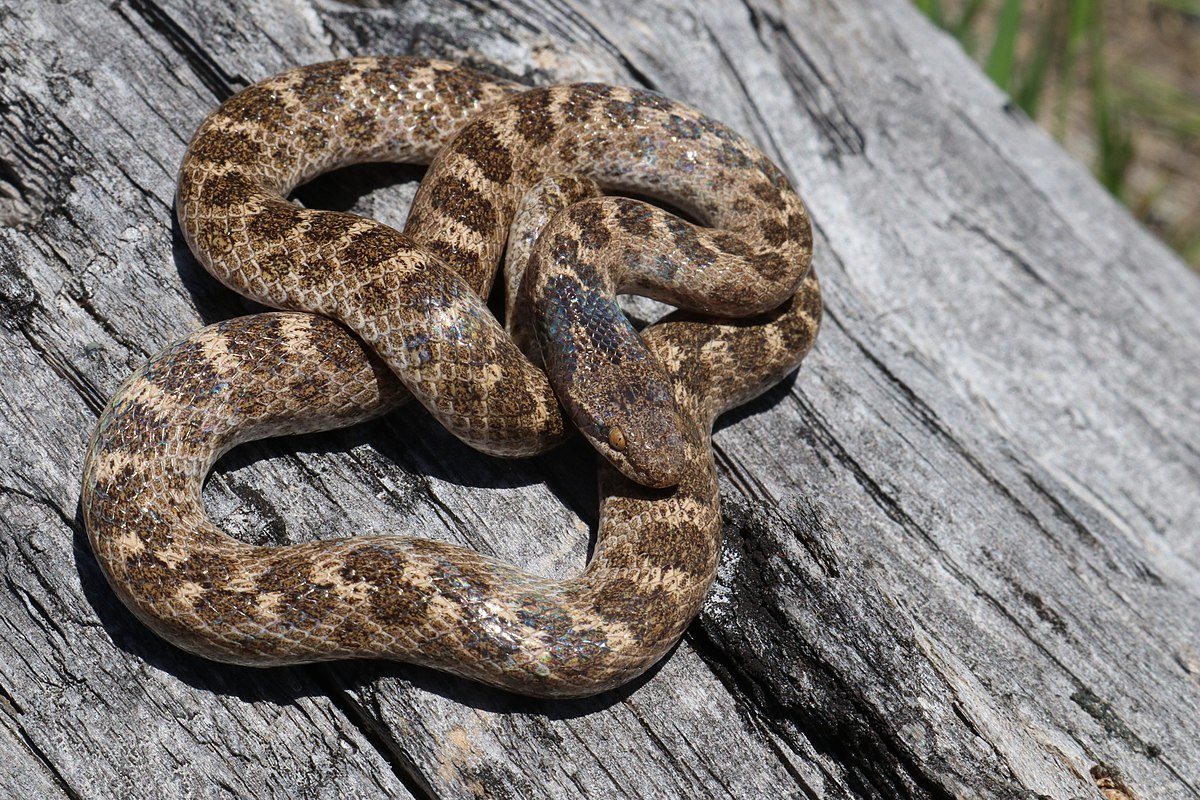
Even when a snake survives the immediate dangers of consuming oversized prey, long-term health issues may develop as consequences of the extreme physiological stress. The excessive stretching of digestive tissues can cause lasting damage to muscle tone and elasticity, potentially creating permanent digestive inefficiencies. Repeated incidents of consuming oversized prey may lead to chronic regurgitation issues or permanent deformation of the spine and ribs, particularly in younger snakes whose skeletal structure is still developing. Neurological damage can occur if the snake experienced oxygen deprivation during periods of respiratory compromise. Additionally, the massive immune response required to manage bacterial translocation from the digestive tract can deplete the snake’s overall immune resources, leaving it more vulnerable to secondary infections and diseases for months following the initial incident.
Captive Feeding Guidelines and Prevention

Responsible snake ownership includes understanding appropriate prey sizing to prevent feeding-related emergencies. The generally accepted guideline is that prey should be no larger than 1.0 to 1.5 times the diameter of the snake’s mid-body, though specific recommendations vary by species. Meal size should decrease proportionally with the snake’s age, as juvenile snakes typically consume relatively larger meals than adults of the same species. Pre-killed prey is strongly recommended for captive feeding, not only for humane reasons but because it allows owners to accurately measure and select appropriately sized food items. Creating a feeding schedule appropriate to the species helps prevent the excessive hunger that might drive a snake to attempt consuming inappropriately large prey. Regular weighing and measuring of both the snake and its intended prey items provides objective data to guide proper feeding practices.
Emergency Response for Snake Owners

If a pet snake is struggling with an oversized meal, proper owner response can mean the difference between life and death for the animal. The first priority should be ensuring the snake can breathe, which might involve gently repositioning it to reduce pressure on its respiratory system. Maintaining optimal temperature is crucial—providing a thermal gradient that includes the species’ preferred digestive temperature (typically at the higher end of their normal range) without overheating. Handling should be minimized to reduce stress, as excessive manipulation may trigger regurgitation or further complicate the digestive process. If the snake shows signs of severe distress such as gasping, discoloration, or inability to move, emergency veterinary care should be sought immediately. Veterinarians specializing in exotic animals may induce regurgitation as a life-saving measure if the meal is clearly beyond the snake’s capacity to process safely.
In conclusion, while snakes possess remarkable adaptations for consuming relatively large prey, there are definite biological limits to this capability. When these limits are exceeded, a cascade of potentially fatal complications can occur, from immediate risks like suffocation to longer-term issues including digestive failure and tissue damage. Understanding these limitations is crucial for both wildlife researchers and snake owners, as it helps explain natural feeding behaviors and guides responsible captive care practices. The next time you witness a snake’s impressive feeding capabilities, remember that even these specialized predators must respect the physical boundaries of their remarkable, but ultimately finite, adaptations.

